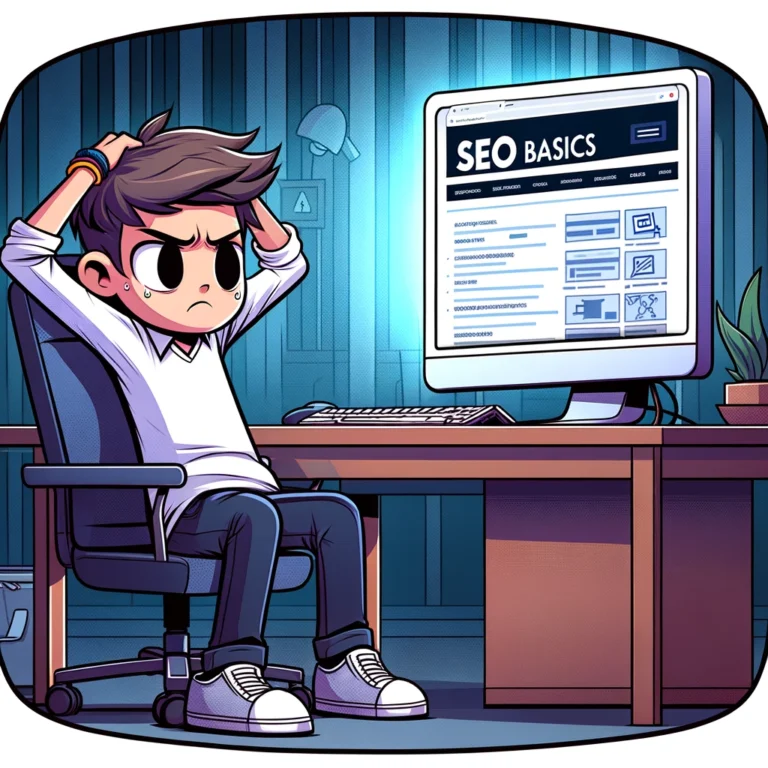Search Engine Optimization (SEO) is a critical component of digital marketing that focuses on improving the visibility and ranking of your website on search engines like Google. While SEO can seem complex due to the myriad factors involved, understanding the essentials can significantly enhance your DIY SEO efforts. In this article, we will break down the key SEO ranking factors and explain how to optimize them to improve your site’s search engine ranking.
1. Content Quality
Content is king in the world of SEO. High-quality, relevant content is the cornerstone of effective SEO strategies. Search engines aim to provide users with the most relevant answers to their queries, which means that the content on your website must be informative, well-written, and useful.
- How to Optimize:
- Focus on creating content that addresses the needs and questions of your audience.
- Ensure your content is detailed, with thorough explanations and enriched with data and examples.
- Regularly update your content to keep it fresh and relevant.
2. Keywords
Keywords are terms that users enter into search engines to find relevant web pages. Using the right keywords in your content can help improve its visibility and ranking.
- How to Optimize:
- Use tools like Google Keyword Planner or SEMrush to find keywords that are relevant to your content and have a reasonable search volume.
- Incorporate keywords naturally into your content, including titles, headings, and throughout the body.
- Avoid keyword stuffing, which can penalize your site. Aim for a balanced approach.
3. Mobile Optimization
With the increasing use of mobile devices to access the internet, search engines now prioritize mobile-friendly websites. Sites that are not optimized for mobile are less likely to rank well in search results.
- How to Optimize:
- Ensure your website is responsive, meaning it adjusts seamlessly to fit different screen sizes.
- Test your website’s mobile usability using tools like Google’s Mobile-Friendly Test.
- Keep mobile load times fast by optimizing images and leveraging browser caching.
4. Page Speed
Page speed is a critical factor for both user experience and SEO. Websites that load quickly have a better chance of ranking higher than those that do not.
- How to Optimize:
- Minimize HTTP requests by reducing the number of elements on your page.
- Optimize images and compress them to reduce their load time.
- Use a content delivery network (CDN) to distribute the load of delivering content.
5. Backlinks
Backlinks, or links from other websites to your website, are a significant ranking factor. They act as a vote of confidence from one site to another, indicating to search engines that your content is valuable and credible.
- How to Optimize:
- Create high-quality content that naturally attracts links from other websites.
- Engage with relevant online communities and share your content to generate links.
- Avoid buying backlinks, as this can lead to penalties from search engines.
6. User Experience (UX)
Search engines consider the overall user experience offered by a website. A positive user experience helps retain visitors and encourages more interaction with the content.
- How to Optimize:
- Ensure your website is easy to navigate and logically structured.
- Make sure that clicking on a link takes the user to the expected page.
- Use clear calls to action and an easily navigable layout.
7. Technical SEO
Technical SEO involves the aspects of SEO that help search engines crawl and index your website more effectively. This includes structured data, canonical tags, and optimized XML sitemaps.
- How to Optimize:
- Use structured data to help search engines understand the content on your pages.
- Ensure that canonical tags are used correctly to avoid duplicate content issues.
- Regularly update your XML sitemap and submit it to search engines.
Optimizing your website for these factors is not a one-time task but an ongoing process. By consistently applying best practices and staying updated with SEO trends, you can improve your site’s visibility and ranking. Remember, the goal of SEO is to enhance both user and search engine trust in your site, ultimately leading to improved organic traffic and higher conversions.

8. Social Signals
While social signals—likes, shares, comments, or follows on social media—are not direct ranking factors, they can indirectly affect your SEO. High social engagement can lead to more backlink opportunities and increased brand visibility, which search engines can recognize as indicators of a reputable site.
- How to Optimize:
- Be active on relevant social media platforms and engage with your audience.
- Share your content regularly and encourage your followers to share it too.
- Use social media to foster relationships with influencers and other brands.
9. Local SEO
For businesses with a physical location or those serving a geographic area, local SEO is crucial. This includes optimizing your site to appear in local search results and on Google Maps.
- How to Optimize:
- Ensure your business is listed in Google My Business.
- Include local keywords in your website’s metadata and content.
- Encourage satisfied customers to leave positive reviews on Google and other review sites.
10. Security
A secure website not only protects your users’ information but also boosts your SEO. Google has confirmed that HTTPS, a protocol for secure communication over the internet, is a ranking signal.
- How to Optimize:
- Switch your site from HTTP to HTTPS to secure user data and improve trust.
- Keep your software up to date and regularly scan for vulnerabilities.
- Educate your team about basic security practices.
11. Domain Age, URL, and Authority
Search engines consider the age of your domain, its perceived authority, and the clarity of your URL. While newer sites can still rank well, established domains with a history of quality content and strong backlinks generally perform better.
- How to Optimize:
- Choose a clear, concise URL that includes relevant keywords.
- Build a long-term strategy to enhance your site’s authority through quality content and backlinks.
- Maintain your domain registration for a longer period to benefit from the age factor.
12. Image Optimization
Images can enhance the user experience and also contribute to SEO. Optimizing images involves reducing file size without sacrificing quality and ensuring they are discoverable by search engines through proper tagging.
- How to Optimize:
- Use descriptive file names and alt tags for all images.
- Compress images to decrease loading times.
- Use responsive images to ensure they look good on all devices.
Conclusion
Understanding and implementing SEO ranking factors effectively is essential for any website aiming to improve its online presence. The key factors—ranging from content quality and keywords to technical SEO and security—play a significant role in determining your website’s position in search results. It’s important to keep in mind that SEO is an ongoing process. Regular updates, a focus on quality, and adherence to Google’s guidelines will help you stay competitive in the search rankings. Ultimately, a well-rounded SEO strategy will lead to a better user experience and greater success in driving organic traffic to your site.



